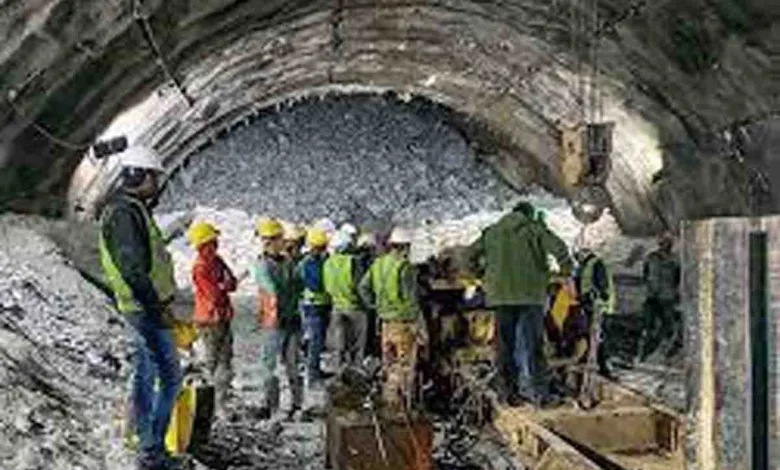Guest Column: Frequent disasters in Uttarakhand

 VP Dimri
VP Dimri
Disasters are of two types, namely natural and man-made. Suffering is the same in both the cases depending on the magnitude of the disaster. There are many types of disasters depending on its location. The disasters in mountainous areas are mainly landslides and floods whereas coastal regions experience disasters like tsunami and ocean tides. There are some disasters like earthquakes, cloud bursts, cyclones etc that can affect any part of the earth.
Some disasters give warnings but some don’t. Let me briefly explain the same. There was a great sea earthquake in Sumatra region on December 26, 2004 and the tsunami reached the Indian coast killing more than 12,000 in India, especially children and women. After devastation along the coast, the Government of India was curious to know when the next tsunami would hit the Indian coast. Again there was a big sea earthquake on September 12, 2007 in the same area. The Indian media was asking questions when a tsunami will reach Indian coast like the 2004 tsunami. I told them normally it may take about one hour to reach the Indian coast but give me 15 minutes to answer you correctly. In the meantime we worked out propagation of tsunami waves and found that these tsunami waves were not directed to the Indian coast but were rather towards the open sea. After 15 minutes all television channels repeated the same question and I replied on live TV that we Indians are safe and that there was no need for evacuation of people from coastal areas. This is an example of good planning.
Coming back to disasters in Uttarakhand in the Himalayan regions, we should have learnt some lessons from earlier events. During the last 10 years we saw the Kedarnath tragedy in June 2013, Tapovan disaster in 2021, Joshimath crisis in January 2023 and Uttarkashi tunnel collapse on November 12 this year. We have also seen a series of cloud bursts in different parts of Uttarakhand. Formation of Gohna lake in 1894 which broke later is also an example of cascading effects as landslides which occur after heavy rains and stop the normal path of a river forming artificial lakes which burst again due to cloud burst leading to floods along river banks, killing many people and damaging properties on its way. As the Himalaya is considered very fragile and is in seismic zone 5 for earthquakes so any construction must be seriously viewed. Uttarakhand has seen major earthquakes in 1803 known as Garhwal earthquake and recently in Uttarkashi during 1993 and in Chamoli during 1999 besides other small earthquakes. So, regions vulnerable to multi-disasters need a multidisciplinary approach to solve the problem. Here, for the rescue of 41 trapped workers in the Silkyara tunnel in Uttarkashi we are now consulting geologists, hydrogeologists, geophysicists, technocrats and others for their safety and rescue. These specialists are working at different places in different institutes and universities in Uttarakhand and elsewhere.
Knowing all these, the government of India in 2014 proposed a Centre for Himalayan Study which would have all disciplines of sciences which are coupled under one roof to understand and find a solution. We can add computer experts, space scientists, geochemists and all related subjects under one roof.
In fact I was invited by Kashmir University, Srinagar in the National Conference in May 2023 and I proposed such a centre. I am happy to share that the university has appreciated the suggestion and recommended it to the government. So, why can Uttarakhand not have such a multidisciplinary institute which was proposed in our parliament in 2014 to study and give advice for necessary projects for the safety of Uttarakhand?
(A Padma Shri recipient, the author is a scientist who has worked in various institutions. Views expressed are personal)






